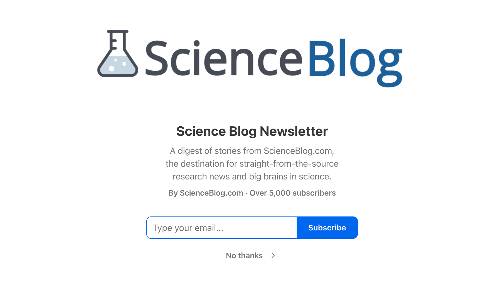The New York Times has a profile of a finalist in the Intel Science Talent Search (for those of you who missed the change, that’s the renamed Westinghouse competition). Newspaper articles — by style less than by design — are often cryptic, and this one notes in a single-sentence paragraph towards the end that the profiled student’s project is “the only behavioral science project among the 40 finalists.”
The article has no more to say on the subject, so we are left to guess what the author found so remarkable about this. It probably does not directly reflect a bias of the judges. I haven’t been to a science fair recently, but I suspect that now, as always, they are dominated by chemistry and biology. When our nations students are steered towards science, the behavioral sciences are an afterthought.
This is unfortunate. Certainly, we need more talented people entering medical research or developing new energy sources, but recent events also highlight the need for advancements in market forecasting (predict human behavior) and regulatory schema (control human behavior) — just to name a few vexing behavioral science problems.

